|
The Medrash in various places (Sh'mos Rabba 2:2, Bamidbar Rabba 11:2) says that the shechinah even today rests on the western wall (the Kosel), and it therefor will never be destroyed. This is also brought down in Shir Hashirim Rabba, although the Medrash there is slightly different, and says the following: הִנֵּה זֶה עוֹמֵד אַחַר כָּתְלֵנוּ, אַחַר כֹּתֶל מַעֲרָבִי שֶׁל בֵּית הַמִּקְדָּשׁ, לָמָּה שֶׁנִּשְׁבַּע לוֹ הַקָּדוֹשׁ בָּרוּךְ הוּא שֶׁאֵינוֹ חָרֵב לְעוֹלָם, וְשַׁעַר הַכֹּהֵן וְשַׁעַר חוּלְדָה לֹא חָרְבוּ לְעוֹלָם עַד שֶׁיְחַדְּשֵׁם הַקָּדוֹשׁ בָּרוּךְ הוּא. מַשְׁגִּיחַ מִן הַחַנוֹת, זוֹ זְכוּת אָבוֹת. מֵצִיץ מִן הַחֲרַכִּים, זוֹ זְכוּת אִמָּהוֹת. “Behold, he is standing behind our wall,” behind the Western Wall of the Temple. Why? Because the Holy One blessed be He took an oath that it will never be destroyed. and the Kohen's Gate (Sha'ar Hakohen) and Chulda Gate (Sha'ar Chuldah) will never be destroyed until the Holy One blessed be He refurbishes them. Now, what are these two gates that will never be destroyed? Seemingly, the Chuldah gate is easy to identify, as the Mishnah (Middos 1:3) mentions the Chuldah gates in the southern wall of the Har Habayis. However, this raises a question, as that Mishnah is referring to the gates of the square 500 amah Har Habayis, of which none of the walls or gates have survived. To answer this, we must say that both the Kohen's gate and the Chuldah gate are referring to gates of the expanded Har Habayis, part of which still stands (which is why the Medrash says the Chuldah Gate, singular, as it is not referring to the two Chuldah gates of the Mishnah). But there many gates from the times of the Beis Hamikdash whose remains are still extant in these outer walls, which gates is the Medrash referring to? In the eastern wall of the Har Habayis there are two gates that still have some remains, these are the Sha'ar Harachamim, which is actually a double gate, and another double gate by the southeastern corner. By the Sha'ar Harachamim, the only parts that are from the times of the Beis Hamikdash are two large doorposts on either side of the gate, the whole rest of the building is from later periods. The same is true of the gate by the corner, all that is left is a few stones from the doorposts and the pier separating the two entrances of this double gate. In the southern wall, there are two gates which have remains from the time of the Beis Hamikdash, the triple gate and the double gate. By the triple gate, the only surviving part is the bottom stone of the doorpost of the western gate of the three, the rest being later reconstruction. By the double gate, however, the whole gate is still standing from the times of the Beis Hamikdash, besides for a part of the eastern doorpost. (Although this gate is mostly blocked from the outside In the western wall, there are two gates that have remained from the times of the Beis Hamikdash, Warren's gate and Barclay's gate. By Warren's gate, the only surviving part is the bottom stone of the south doorpost, which is part of the "great course" of four giant stones. The rest of the gate, like the arch on top of it and the rest of the doorposts, are later reconstructions. Barclay's gate is mostly blocked over and cannot be seen, however the lintel can still be seen (in the corner of the ladies' section of the kosel plaza), as well as part of the northern doorpost, and these are both from the times of the Beis Hamikdash. (Warren, during his excavations, dug a shaft down along this doorpost, and found it is all Herodian stones, from the times of the Beis Hamikdash.) From all of this it comes out that even from the gates which still have some remains, they are mostly just one or two doorpost stones, besides for two gates, the double gate and Barclay's gate, that have the whole doorpost and even the lintel above it still remaining. It therefore comes out that these are the Chuldah and Kohen's gates mentioned in the Medrash. More specifically, the double gate, which is in the southern wall of the expanded Har Habayis, is the Chuldah gate. (We can say that the Medrash uses the singular term as it is referring specifically to the western gate of the double gate, as that is the one that is still totally standing.) Even though this is not the southern wall of the sanctified Har Habayis, it was also called this name, as it gave access directly to the real Chuldah gates. Based on this we can explain when the Kaftor Vaferach mentions that the Chuldah gates in the south (as well as the kiponos gate in the west and the Shushan gate in the east) is still standing, that he is referring to the gates in the outer wall that led straight to the inner gates. The other gate mentioned in the Medrash, The Kohen's Gate, must be what we now call Barclay's gate. The exact reason it was called The Kohen's Gate is not known, but we can come up with many theories, it could have been named after a specific kohen, or kohanim in general could have used it, and there are many other theories we can say. From all this comes out that we know the original names of several of the gates of the outer Har Habayis wall. In the west, Warren's gate was called the Kiponos gate, as it led straight to the Kiponos gate in the western wall of the sanctified Har Habayis, and Barclay's gate was called The Kohen's gate. In the south, the double gate was called the Chuldah gates, as it led to these gates in the sanctified Har Habayis. In the east, you had an outer Shushan gate mentioned by the Kaftor Vaferach (perek vav), although not visible nowadays.
0 Comments
Leave a Reply. |
Website updatesI have added a new lego model of the Third Beis Hamikdash, with pictures and a video in the lego gallery. Categories
All
Archives
February 2024
AuthorMy name is Mendel Lewis. Hashem said to Yechezkel, "Its reading in the Torah is as great as its building. Go and say it to them, and they will occupy themselves to read the form of it in the Torah. And in reward for its reading, that they occupy themselves to read about it, I count it for them as if they were occupied with the building of it. (Tanchuma tzav 14) |
- Beis Hamikdash posts
-
sources
- Mishnayos Middos >
- Gemarah
- Rambam >
- Rishonim
- Sha'alos Uteshuvos HaRaDVaZ
- Shiltey Hagibborim
- Ma'aseh Choshev
- Chanukas Habayis (both) and biur Maharam Kazis on middos
- diagrams >
- Tavnis Heichal
- Be'er Hagolah
- Binyan Ariel
- Shevet Yehudah
- other
- Braisa D'Meleches Hamishkan
- Third Beis Hamikdash sefarim
- from Josephus-יוסיפון >
- קובץ מעלין בקדש
- Kuntres Klei Hamikdash
- Gallery
- videos
- 1st Beis Hamikdash
- 3rd Beis Hamikdash
- virtual walkthroughs
- 3d models
- Lego Gallery
- diagram of Mizbeach
- contact
Proudly powered by Weebly

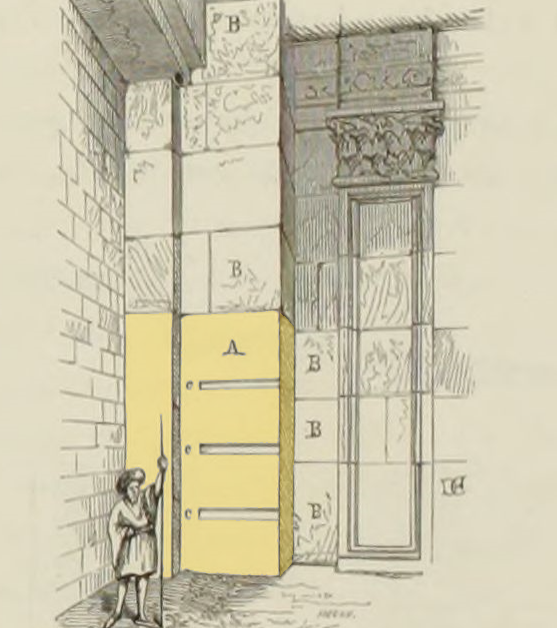
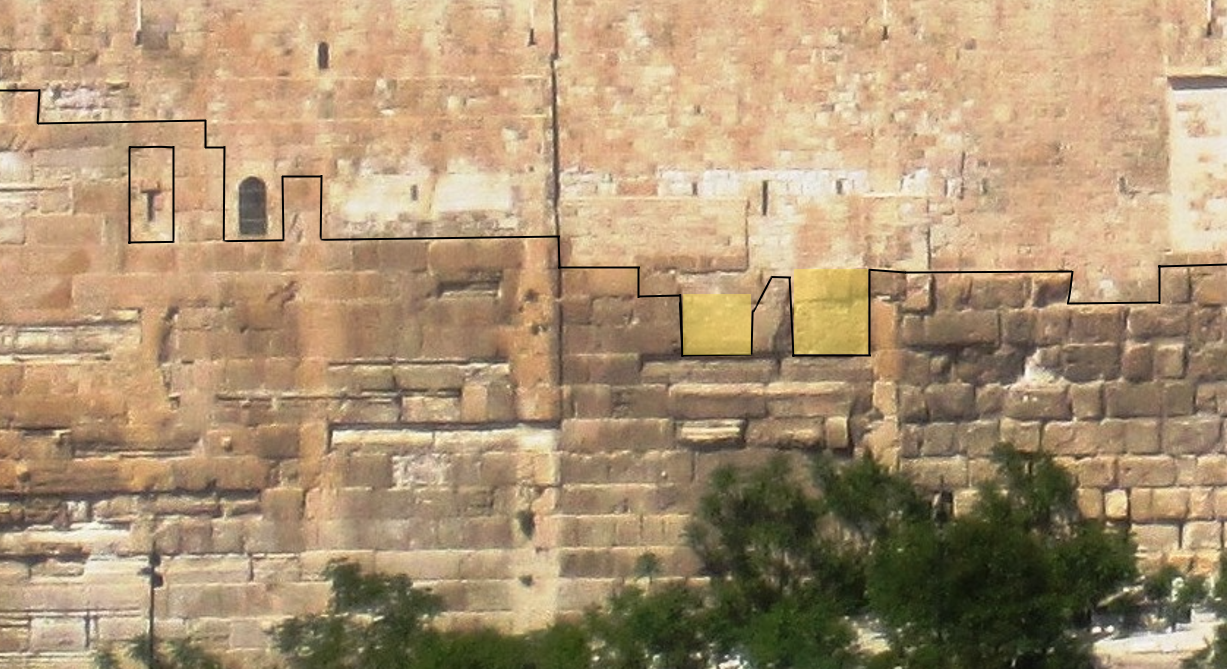
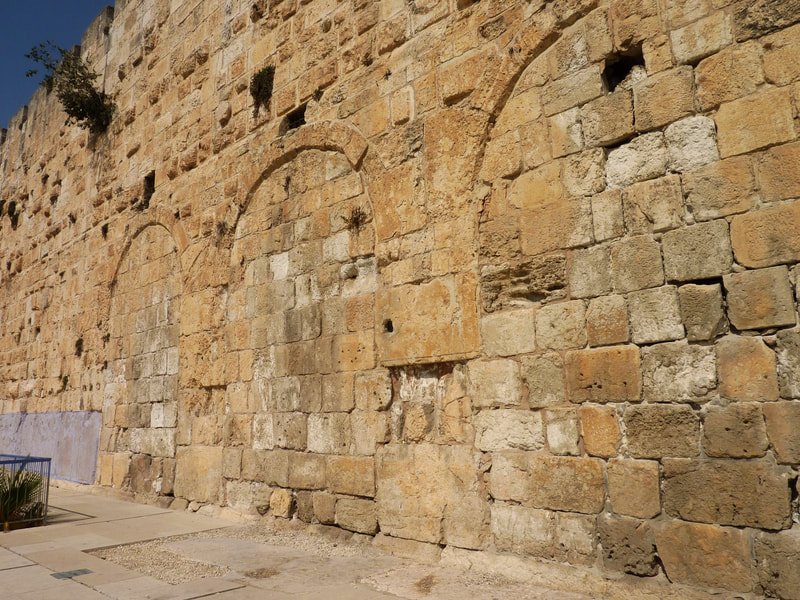
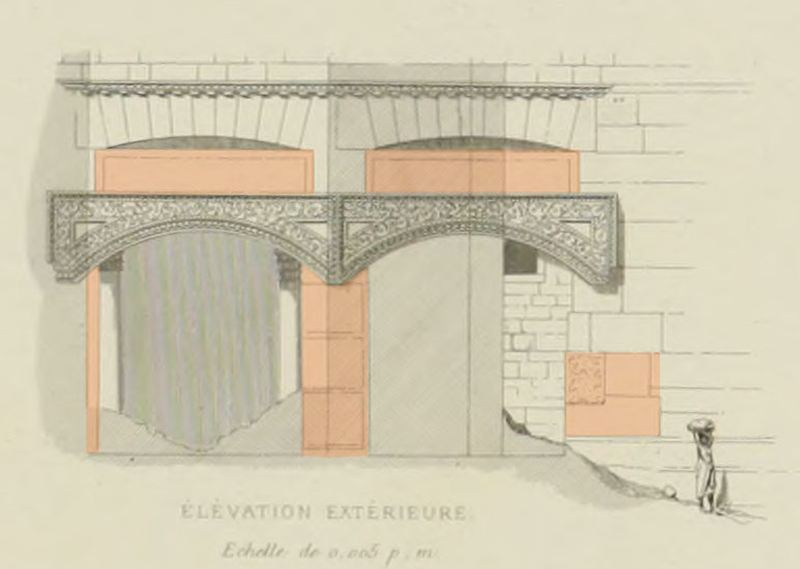
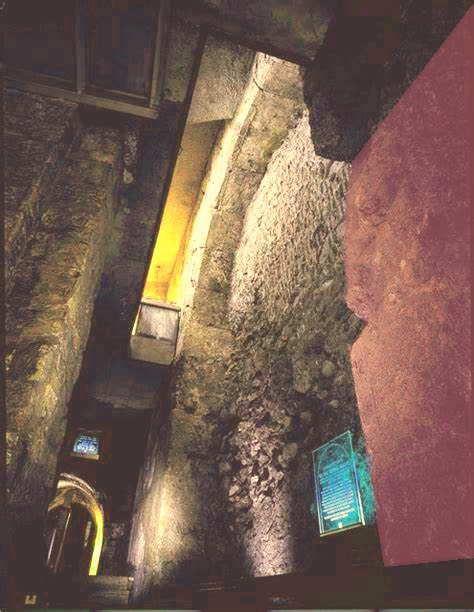
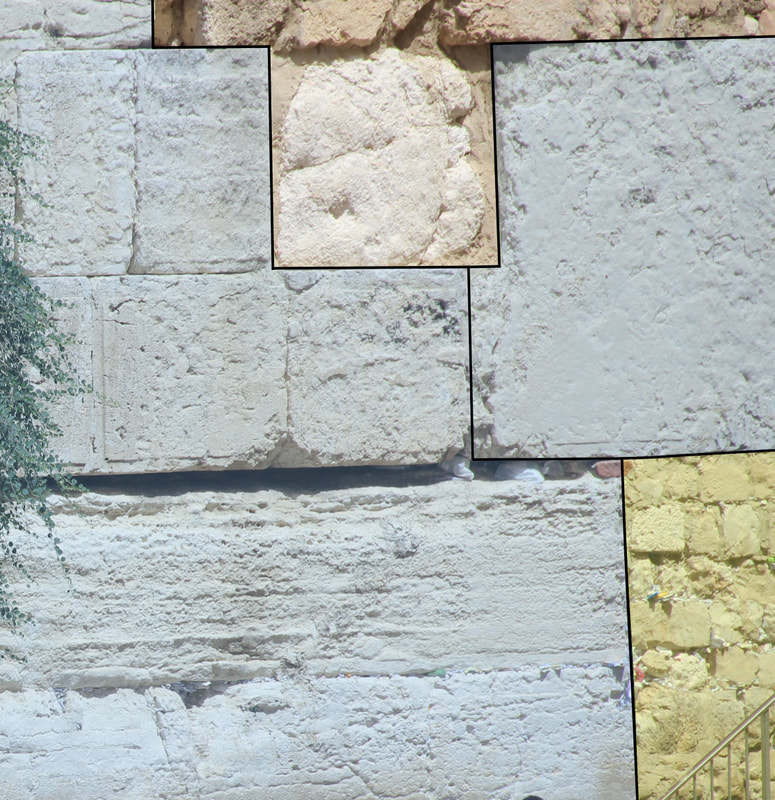
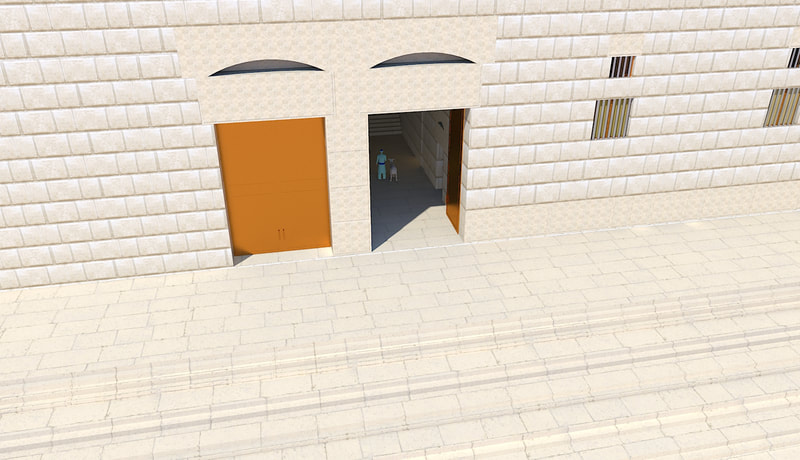
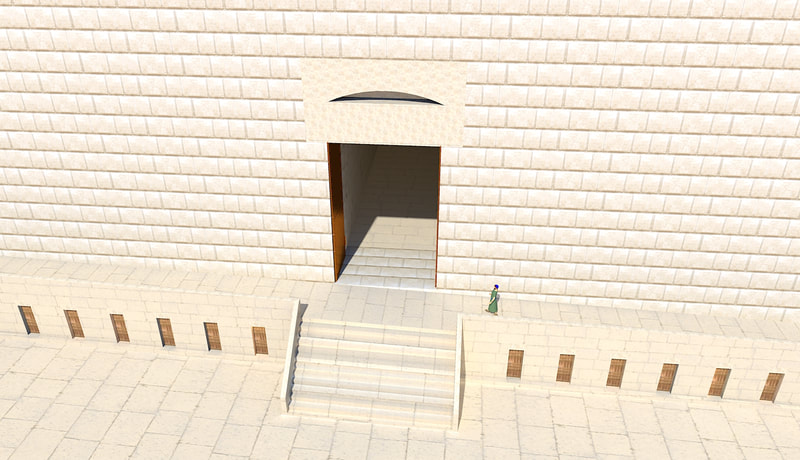
 RSS Feed
RSS Feed